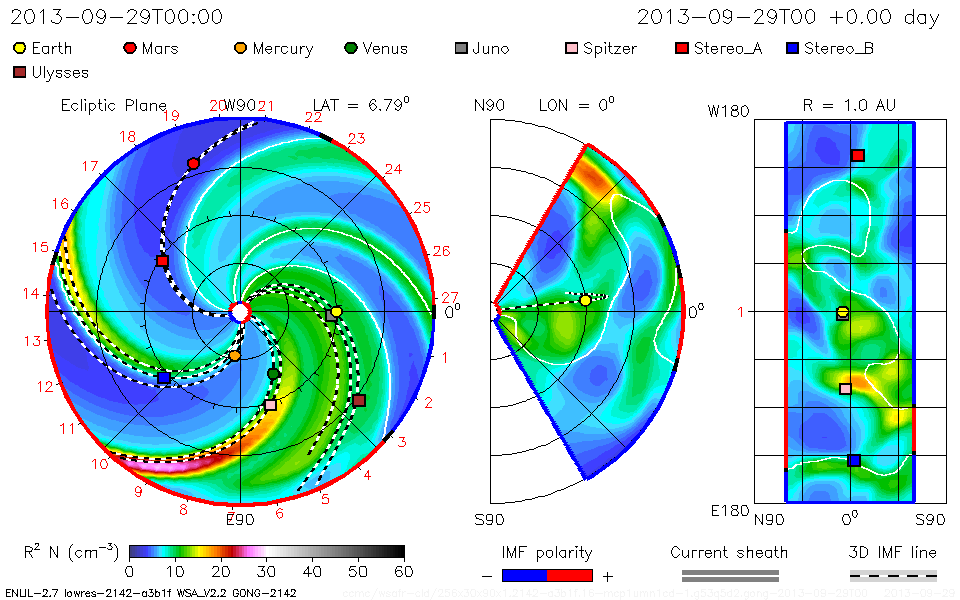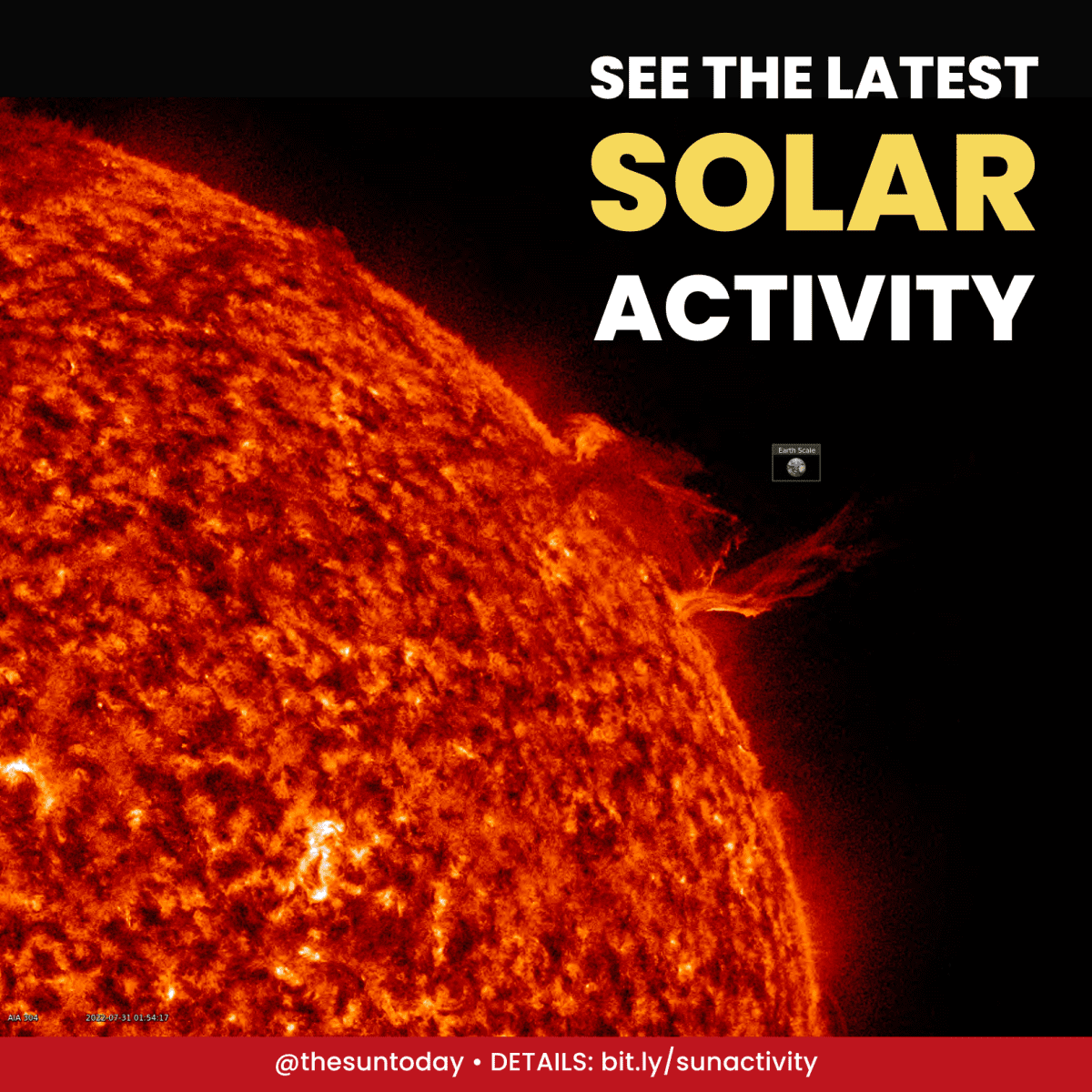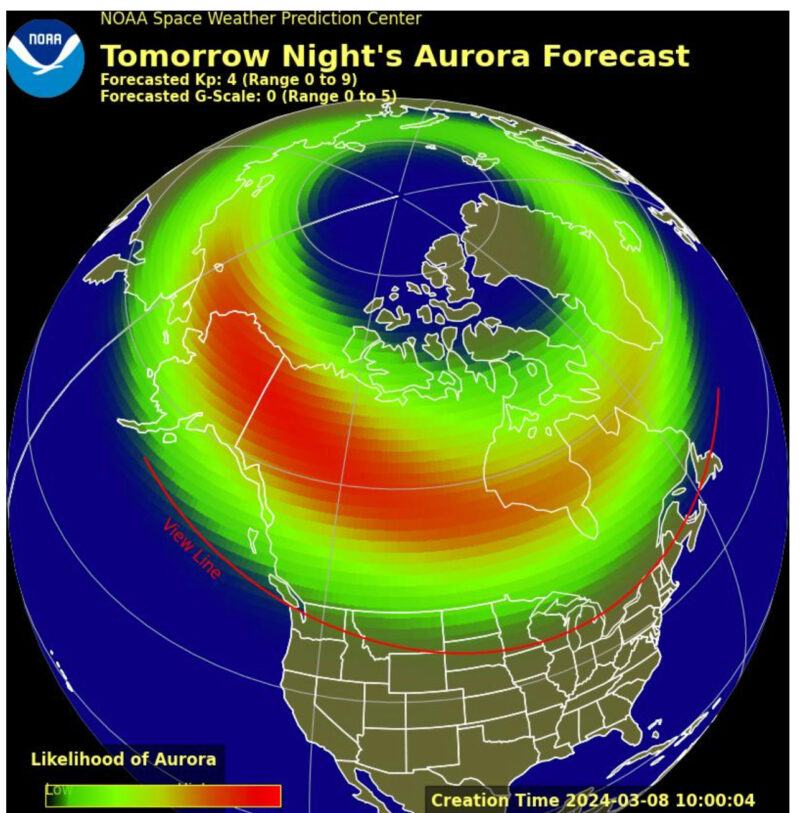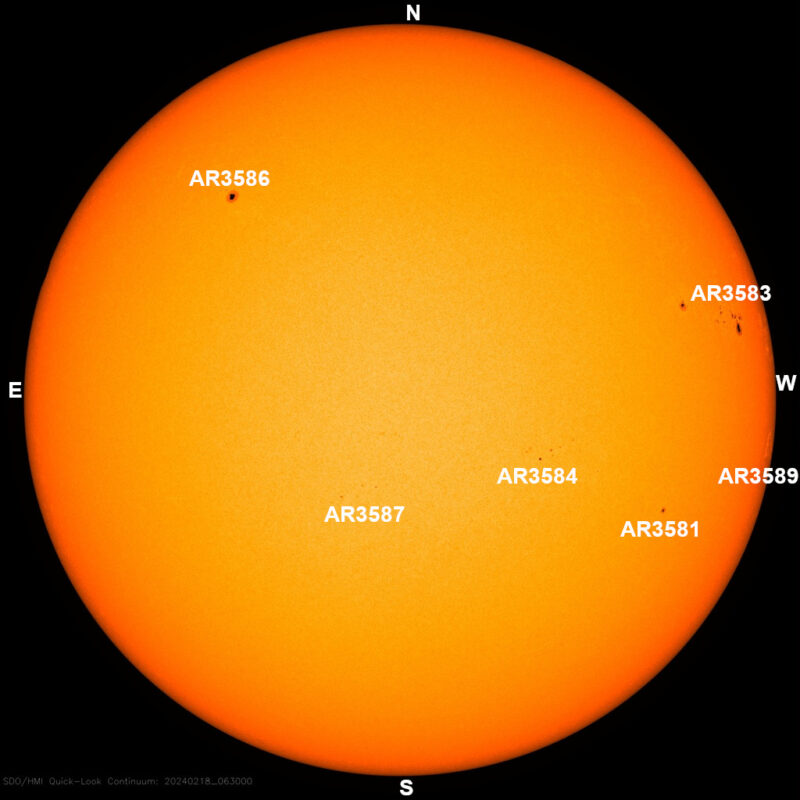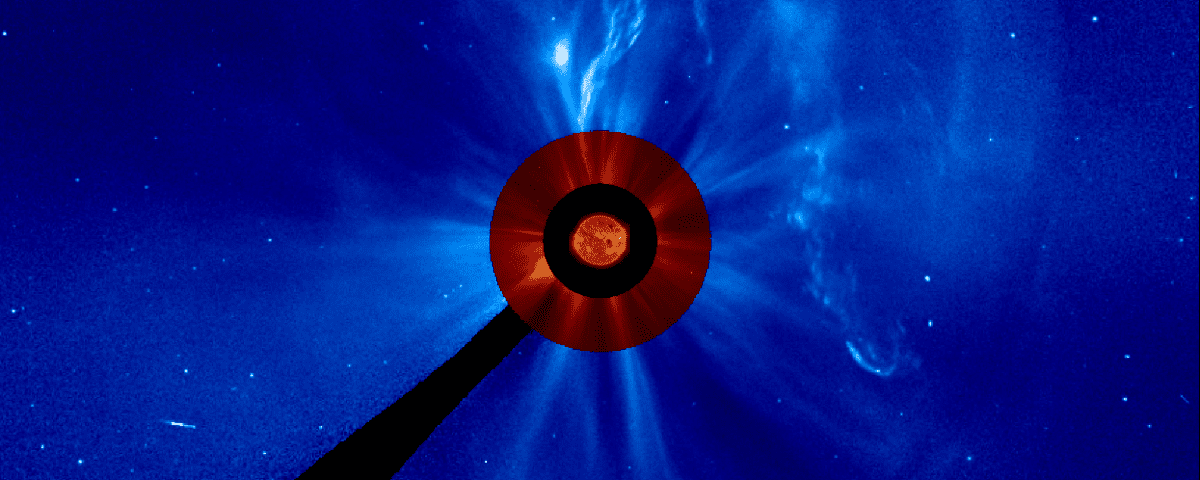
A huge filament erupted from the sun producing a beautiful coronal mass ejection (CME) and solar energetic particle event.
Around 21 UT, 9/29/2013 a filament erupted from the northwest quadrant of the sun. It started from the surface with a size of about 30-50 Earths or ~380,000-640,000 kilometers. By the time it left the SDO field-of-view it was easily twice that or roughly the diameter of the sun in length. The eruption produced a C1.2 solar flare as it ripped magnetic fields away from solar plasma. The 2 lines of brightening either side of where the filament lifted-off from are called two-ribbon flares.
The resulting CME was first observed in the STEREO Behind Cor2 and SOHO LASCO C3 coronagraphs. The initial speed estimate was ~850 km/s or ~3 million kph. This gives the CME a NASA GSFC Space Weather Research Center (SWRC) SCORE of C-type or common.

The resulting CME from the filament eruption observed by the SOHO LASCO C2 and C3 coronagraphs. The solar disk is an SDO 304/193 Angstrom image.
The event also produced an increase in solar energetic protons for which NOAA issued an S1 solar particle radiation storm alert.
Preliminary heliospheric modeling carried out at NASA SWRC estimates that the CME may impact Earth and Juno. The leading edge of the CME is estimated to reach Earth and Juno at about 10/2/2013 14:39 UT (plus minus 7 hours.) The roughly estimated expected range of the maximum Kp index is 3-5 (below minor to minor). This may produce a minor geomagnetic disturbance and enhanced aurora at higher latitudes.
credit: NASA/SDO/SWRC/helioviewer



